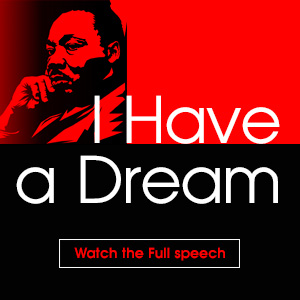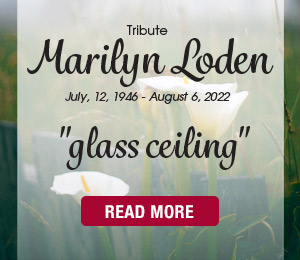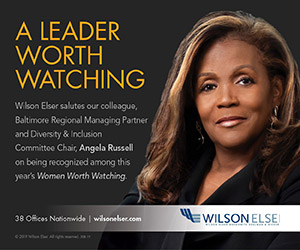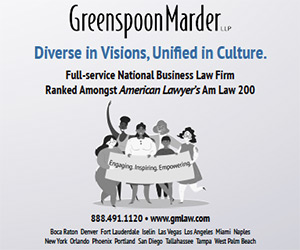By Carlton Yearwood, Senior Partner, True Blue Inclusion
For twenty-five years I’ve been doing diversity work. Today, there’s a twice-elected African American in the White House; a woman leader being touted as our nation’s most popular, if not the greatest, Secretary of State, and possibly next president; and CEOs and C-suite leaders of all races and gender. Yet, some still continue to ask for a business case for diversity.
I’ve read Profiles in Diversity Journal since 1999. I’ve seen it grow in its depth and breadth of coverage. Yet, with all that has been achieved and proven—much of it documented within the magazine—why is the hill still so steep to so many? Conversations about diversity and inclusion have become more nuanced, but many of the questions we ask are the same, and the support that we seek from leaders of corporations, government and non-government institutions, public and private schools pre-K through post-doctoral, stay unchanged.
Despite these growing complexities, women still earn less than their male counterparts for the same work; minorities are still disproportionately denied fair and equitable access to opportunities; gays still fight for rights granted to others freely by laws; and schools in some neighborhoods have become merely institutions, not institutions of higher learning.
At the core, I believe we have a framing issue. We have to ask questions, raise issues in a framework people already understand, and perhaps ask them from a very different point of reference.
I once asked a CEO why he couldn’t grasp the importance of diversity in his company, when every day he actively manages his financial portfolio to achieve just that. Or whether he ever had a shade of doubt about his daughter receiving a fair wage based on her education, contribution, and performance, or whether he views minority
job applicants as needing to prove they are qualified while others are assumed to be so. These are questions that every CEO should ask themselves.
I often wonder what will come of the role of chief diversity officer (CDO) or the important work they do. Or the companies and institutions that either struggle or don’t want to accept the fact that diversity and inclusion strategies, nationally and most certainly globally, are what will bring growth and stability to the marketplace.
Legendary Green Bay Packers football coach Vince Lombardi, every Monday morning after a loss, would stand in the center of the locker room, a football held high above his head, and say, “Gentlemen, this is a football.’’ What he was saying is that they lost because they did not execute flawlessly on the fundamentals. They needed to return to some of the basics that made them a winning, high-performing team.
What are the basics that we want to achieve in the workplace and what are the things that prevent us from executing flawlessly so we can win in the marketplace? Are we asking the right questions of our leaders? Are they data rich and information poor?
All in all, I believe we are actually moving along well in our journey—I do. But it’s good when the positive jumps out clearly and is evident for all to see.
A short time ago, as a CDO summit was concluding, a well-recognized global business leader was so influenced by the proceedings he spontaneously shared a comment for all: “There should be no meetings where people and business are discussed where the CDO is not present. The fundamentals of how people will become engaged and grow to be optimal contributors is missing when they’re not at the table.” This is how the skill and experience of CDOs become leveraged, contributing positively to the logistics of business and the growth of society.
Carlton Yearwood brings to the table a pedigree of success in corporate change management, sustainable culture change and in positioning diversity and inclusion as business assets.







Excellent article; agree wholeheartedly with the “framing issue” as it is applicable to discussions related to AA compliance initiatives as well. So much gets “lost in translation” when the table is set for just a few…
Part of the problem is that there is a lack of enforcement power in the U.S. federal laws now on the books such as the ADA of 1990 and the ADAAA of 2008, as mentioned in my comment 8 months ago on the article “Trend 3: Coming Home: People with Disabilities and Veterans” by Mary-Frances Winters and dated January 18, 2013. But part of the problem with why senior executives still do not ‘get’ the positive message about true diversity, including true cognitive diversity, in their workforce, was not mentioned. That additional part concerns the role of personal identity of such executives as well as of other members of the workforce of the companies that they manage or within which they manage diversity. In turn, personal identity as used in the sense meant here refers to just who each person chooses to be. That individual choice can be based on a real encounter with reality or can be based on avoiding what the reality is of the human person and of his or her social environment. Furthermore, that individual choice is an ongoing work in progress, as one’s experience with life itself unfolds. For example, how one deals with a disability acquired at birth or how one compensates for a disability acquired as an adult (e.g., on the battlefield or in the workplace) can affect and even transform one’s sense of who one is — and thus transform his or her work output of invention and innovation important to a company’s survival, growth and development. Thus, to better realize the full potential of cognitive and other diversity in the workforce of an employer for accomplishing his or her goals and objectives for the firm, the problem of overcoming resistance to implementing full diversity in the practices and policies of a company can be reframed into how to better acknowledge, accept, respect and empower just who each of the workers in that company is, with personal identity for an individual worker not being imposed top-down down in a coercive manner but rising to the top from an individual’s own vision for who he or she really is.